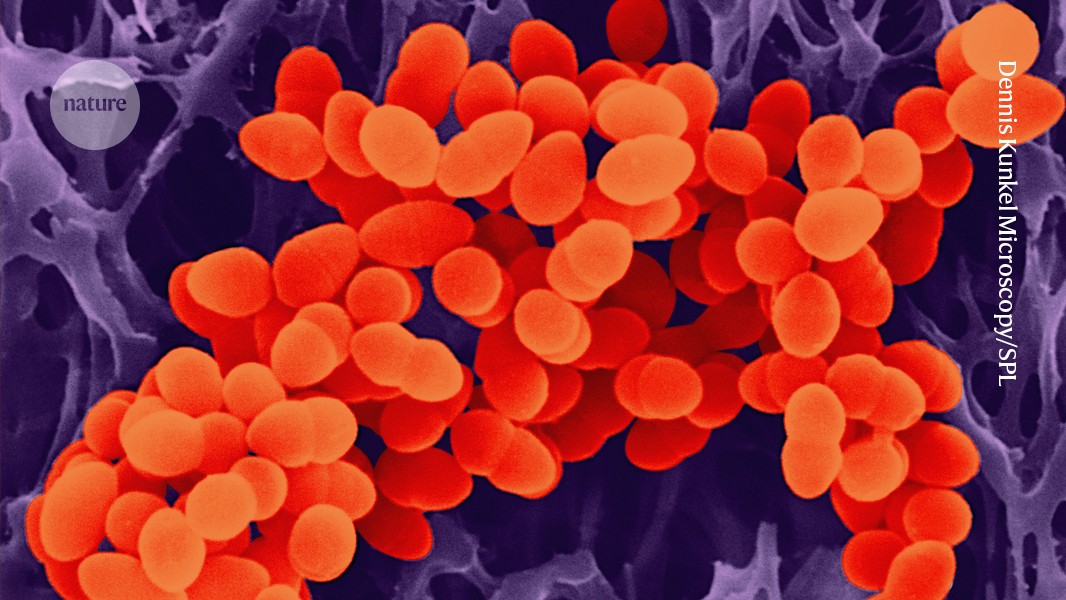
"Antimicrobial resistance (AMR) is projected to cause 39 million deaths worldwide over the next 25 years. But global efforts to find treatments for drug-resistant infections are not going to plan, according to two reports from the World Health Organization (WHO) released on 2 October. The reports show that the global antibiotic drug-development pipeline is facing a dual crisis: scarcity of drugs in development and a lack of innovation in methods to fight drug-resistant bacteria."
""Antimicrobial resistance is escalating, but the pipeline of new treatments and diagnostics is insufficient to tackle the spread of drug-resistant bacterial infections," said Yukiko Nakatani, who is the WHO assistant director-general for health systems in Geneva, Switzerland, in a statement. "Without more investment in research and development (R&D), together with dedicated efforts to ensure that new and existing products reach the people who most need them, drug-resistant infections will continue to spread.""
"Public-health research has highlighted the extent of the AMR crisis. A report published in The Lancet last year found that the annual number of deaths from drug-resistant infections could increase to nearly two million by 2050, up from one million a year between 1990 and 2021. The total number of deaths attributable to AMR is predicted to rise to 1.91 million in 2050, with a further 8.22 million associated deaths (see 'Resistance on the rise')."
Antimicrobial resistance (AMR) is projected to cause 39 million deaths worldwide over the next 25 years. The global antibiotic development pipeline faces a dual crisis: scarcity of drugs in development and lack of innovation in methods to fight drug-resistant bacteria. Ninety antibacterial drugs are currently in development, but delays and insufficient investment threaten progress. Annual deaths from drug-resistant infections could increase to nearly two million by 2050, with 1.91 million attributable deaths and 8.22 million associated deaths predicted in 2050. Increased investment in research and development, improved diagnostics, and efforts to ensure access to new and existing products are required to curb the spread.
#antimicrobial-resistance #antibiotic-development #drug-resistant-infections #research-and-development
Read at Nature
Unable to calculate read time
Collection
[
|
...
]